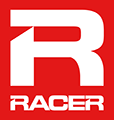
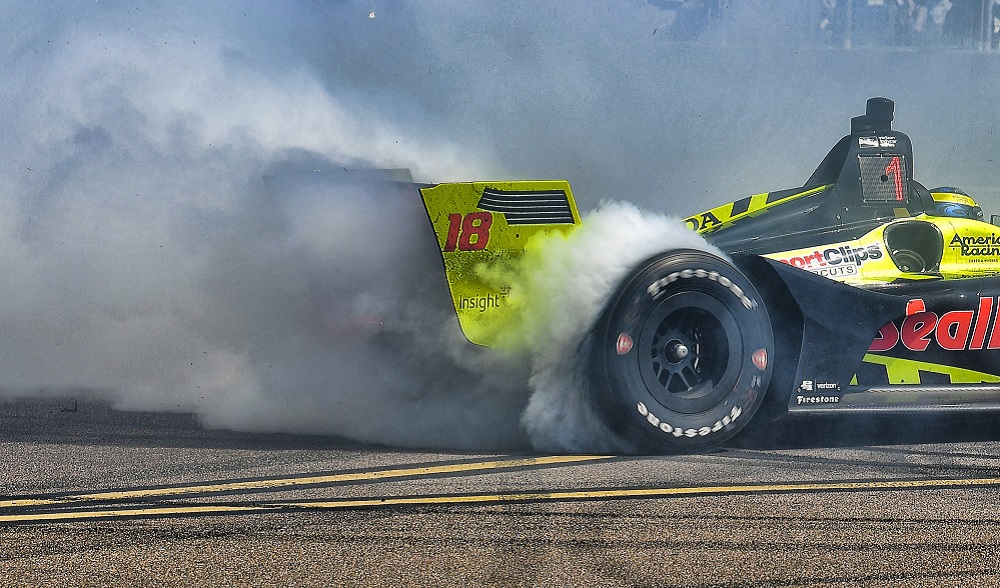
Image by Richard Dole/LAT
By: Marshall Pruett | May 21, 2018 5:37 AM
The Verizon IndyCar Series has officially declared its intent to push its next engine formula far beyond the 750hp peak that’s currently on tap.
The figures generated by Chevy and Honda with their 2.2-liter twin-turbo V6s have been especially impressive, but let’s be honest: The technical achievement of making small-displacement motors churn out decent power for long rebuild intervals has never enthralled IndyCar’s fans.
Folks want to see ridiculous, tire-scorching power, and drivers feeling like they’re strapped to a rolling explosion.
The calls for four-digit horsepower — a minimum of 1000hp — that draws from CART’s most incredible days has been a steady drumbeat since the 2.2-liter formula hit the track in 2012, and with a new set of regulations coming for 2021, those wishes will be granted. Eventually.

1993 CART era Chevrolet IndyCar V8 (Image by Marshall Pruett)
It has taken quite a few years for the power figures to creep up to and over the 700hp mark, and with that in mind, the mythical 1000hp figure is too far of a leap for where the 2021 rules are headed. Getting there by 2026 is what IndyCar competition president Jay Frye wants to see. Hitting 900hp from the start, though, is the target IndyCar has handed Chevy, Honda, and other manufacturers who’ve expressed an interest in joining the fight.
The same small-displacement, twin-turbo, direct-injected V6s will continue as IndyCar’s base engine configuration, albeit with a few changes that will make 900hp a reasonable number to achieve.
Here are a few of the ways IndyCar can get back to big power:
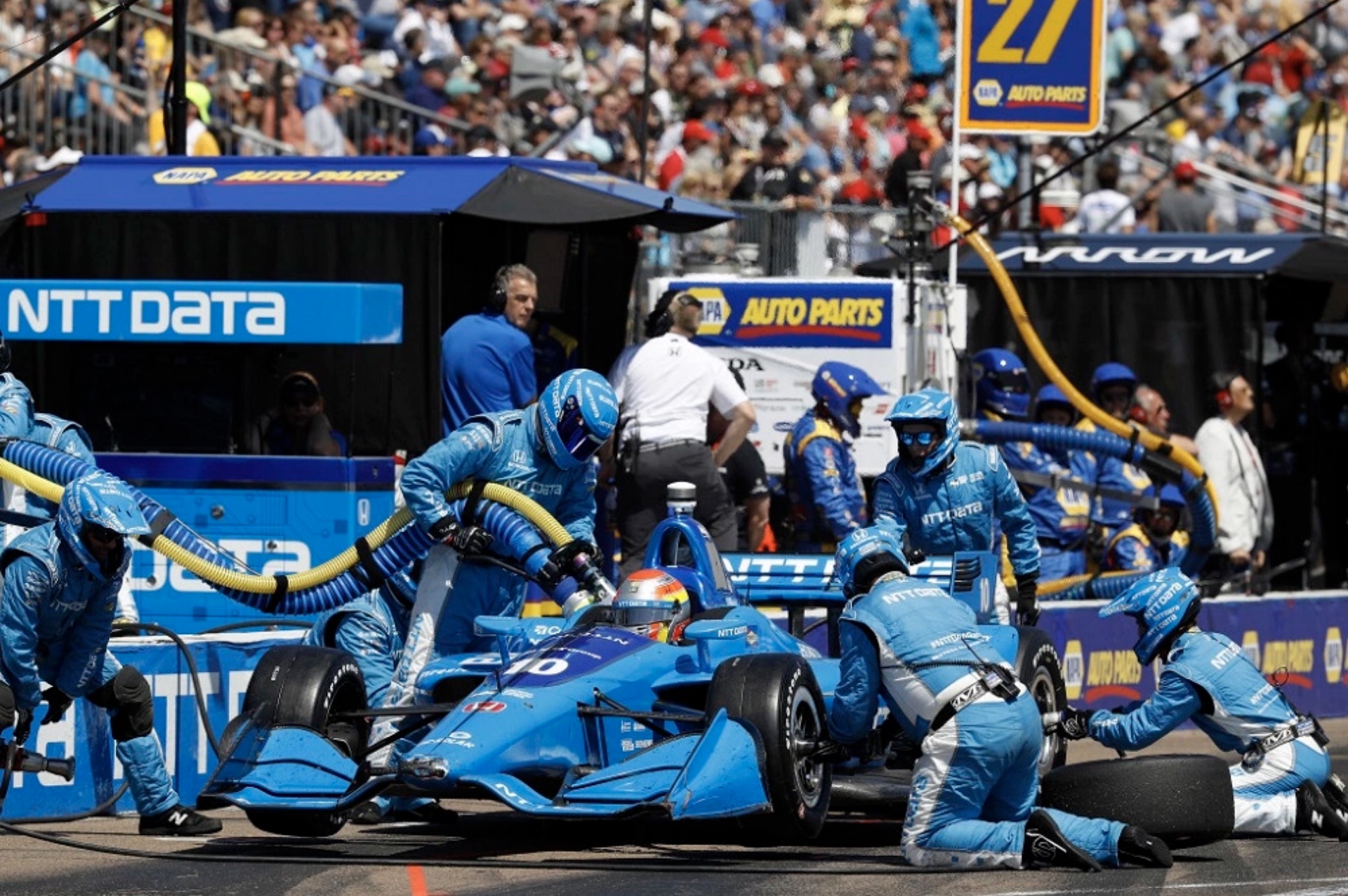
Image by Michael Levitt/LAT
FUEL
The easiest way for IndyCar to leap toward the 900hp mark is through the sickly-sweet smell of methanol. IndyCar’s engine builders reckon trading the lighter punch found in the E85 ethanol they use today for the more volatile delights of methanol will take care of almost half the 150hp they’re looking for. A gain of 70-80hp is said to be ready and waiting if they get the green light for methanol, and I’ve heard the series could be open to the change.
Adopting E85 was an important step for IndyCar a decade ago. And when the series was receiving a significant annual sponsorship payout from a Brazilian ethanol group, it made perfect sense. But E85, at least from a promotional standpoint, is no longer a differentiator for the series. Fat checks from Brazil also stopped arriving a few years ago…
There are the obvious ties to the Iowa race and its Iowa Corn 300 ethanol angle, but with so much free and easy horsepower to grab by shifting to methanol, it’s hard to see how the series binds itself to ethanol with its next engine formula just to appease the promoter of a single race on its calendar.
With the return of methanol to IndyCar, which I’d suggest is a no-brainer, manufacturers would need to change fuel injectors, direct-injection pumps — the fuel system as a whole — compression ratios, cam timing and, in a welcome move, the higher compression would eliminate the significant anti-knock technology required with ethanol.
Another big improvement would come from the serious combustion chamber cooling benefits offered by methanol. For turbo engines, it’s a godsend. More fuel, more (and cooler) air, making happy horsepower.
Go with methanol, and we’re already over 800hp, with ease.
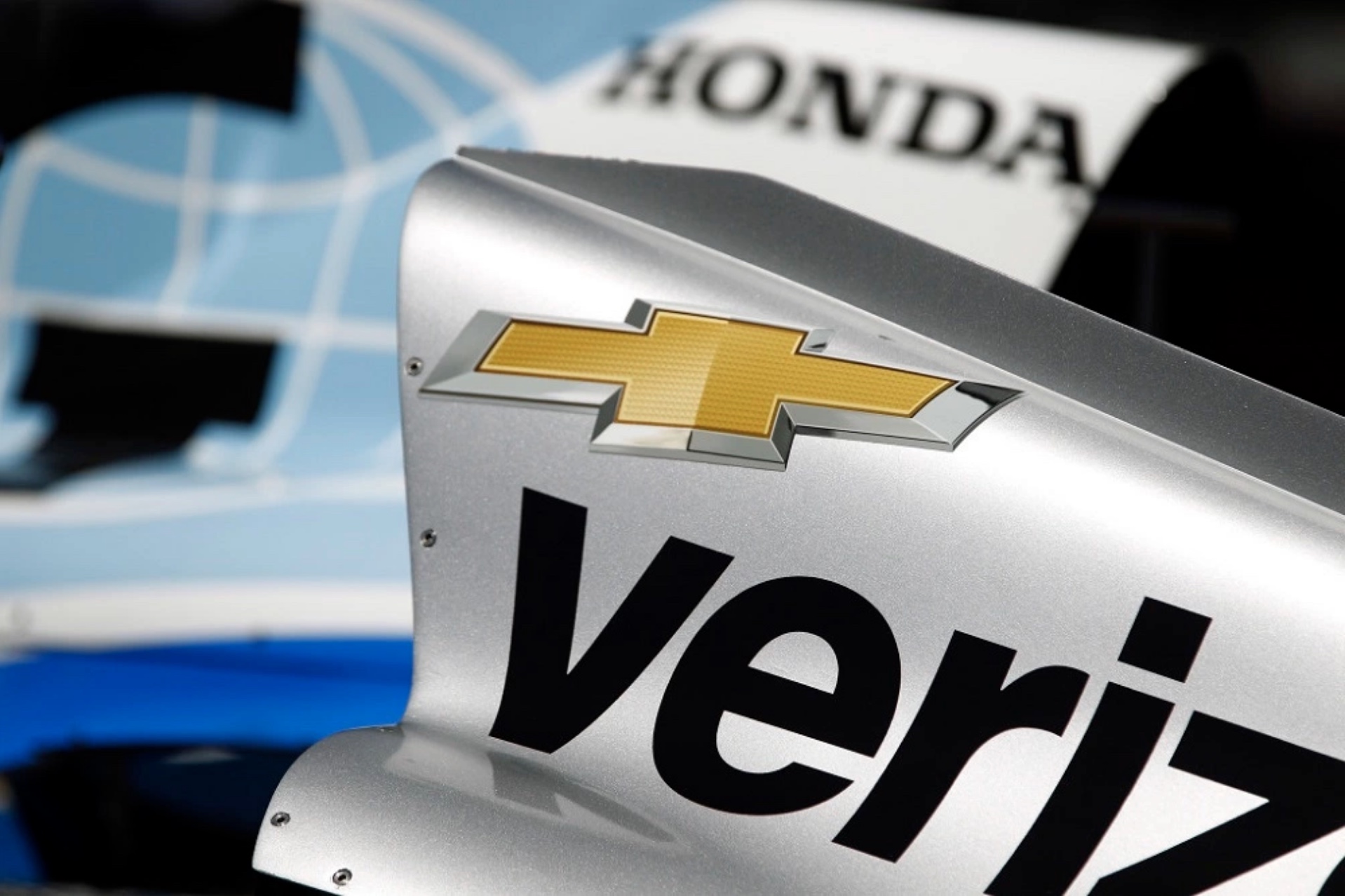
Image by Phillip Abbott/LAT
LARGER DISPLACEMENT
Consider Audi’s brand-new 2.7-liter twin-turbo V6 that will soon be available in its upper-tier road cars and how heavily Hyundai has been promoting its new 3.3-liter TTV6 found in the Stinger sedan, so the call to bump displacement up from 2.2 liters limit to 2.4 liters was always going to happen. In fact, the original 2012 formula was a 2.4-liter motor until a late reduction to 2.2 was agreed upon.
The auto industry, in a general sense, seems to be moving toward slightly larger “small-displacement” engines, so the new 2.4-liter motor fits the times.
Although the exact horsepower increases are hard to quantify, asking a larger motor to make more power while doing so in a reliable manner is much easier than pushing a smaller motor to its limits.
On the path to 1000hp by 2026, manufacturers will be relying on a bit more size to accommodate the request.
NEW TURBOS/MORE BOOST
With bigger, more robust motors, stuffing more boost into the combustion chambers would be another logical adaptation. The manufacturers will tell you the current turbos from Borg-Warner are solid and reliable, but the sizing is a bit off — they’re a wee bit inefficient in the rev range where they’re asked to perform.
There are a few factors to consider before deciding upon which turbos to install, so it’s not as simple as going bigger to get more power. Smaller turbos can make plenty of boost, but if they aren’t operating within the optimal RPM window, peak boost will not be delivered. The same goes for bigger turbos; the potential for huge boost figures are there, but if the sizing of the turbines on the hot and cold side are off, or the correct diameter for the turbine housing has been missed, the big boost numbers won’t be reached.
It’s also possible to fit a larger rotating assembly inside the existing housings; look for Borg-Warner to be consulted on matching the best turbo to the motors and helping to push more boost through the angry little mills.
REVS
This is where the money gets spent. IndyCar’s manufacturers have been bound to 12,000rpm since 2012, and if the series wants more power, more revs would get the job done, but at what cost? Manufacturers are generally opposed to RPM increases unless it’s absolutely necessary, and that’s due to the intense development required for valves, vale springs, and the valvetrain as a whole.
On the flipside, fans have been calling for better, more evocative sounds to come from the TTV6 engines, and an increase from 12,000 to something like 14,000 would have certainly pleased the ears. IndyCar baked in the same 12,000 maximum with the new formula, so manufacturers will be spared the costs and fans, unfortunately, won’t be hearing a higher pitch.
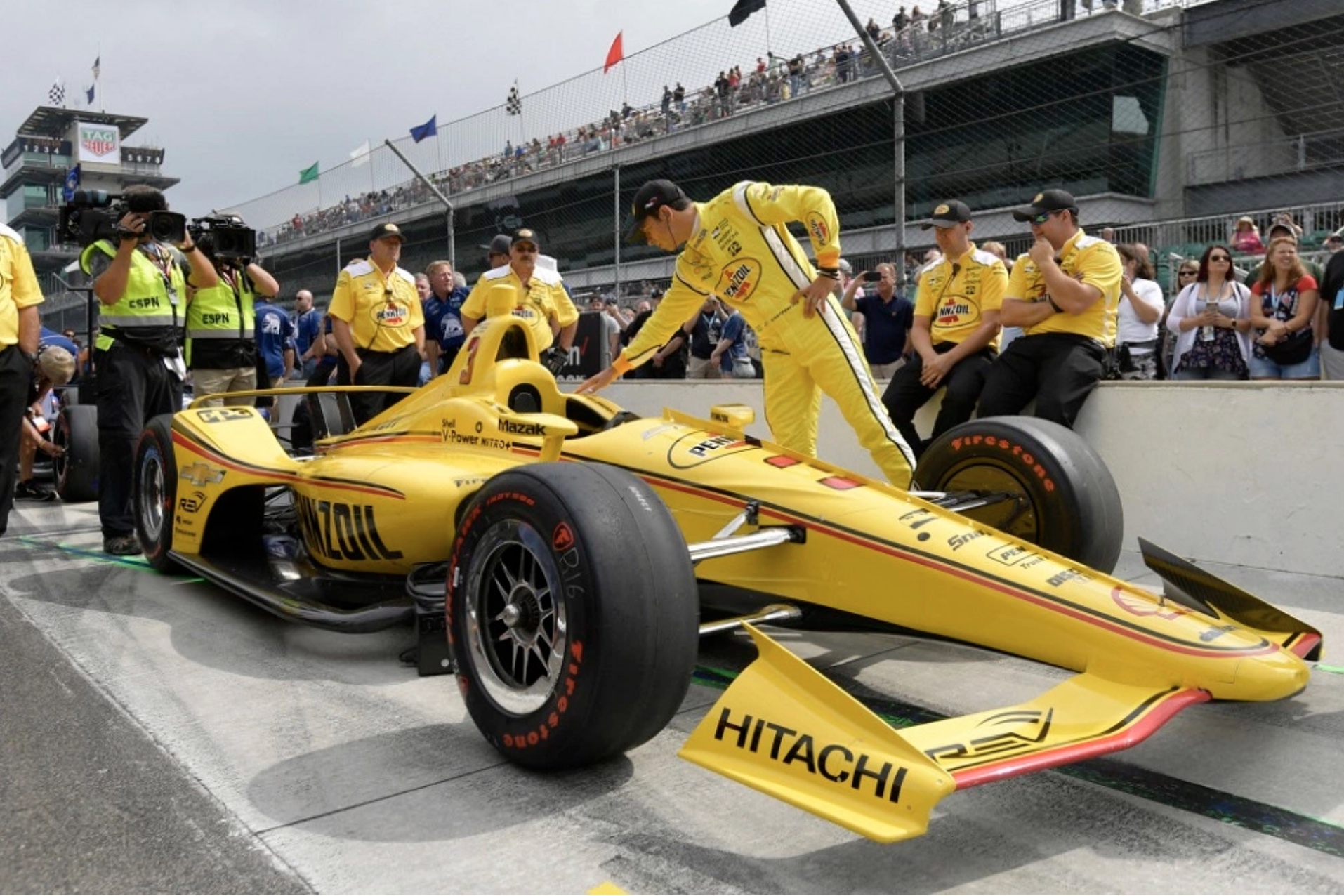
Image by Scott LePage/LAT
INTERCOOLERS
For the sake of reduced packaging complexity, all parties involved with the 2012 engine regulations agreed to leave turbocharger intercoolers out of the formula. An intercooler, which is little more than a radiator for the air drawn in by the turbos, uses high-speed air funneled in through the sidepods to cool that air before it reaches the combustion chambers. Cooler air is denser, and with more air density, there’s more oxygen to mix with fuel and ignite. With an intercooler lowering the temperature of the air entering the motor, an increase in power is found.
It would also add cost, and from a design standpoint, installing a large intercooler in one of the sidepods would require a significant amount of work to the DW12 if it’s carried over in 2021.
Even with a new chassis for 2021, a fair amount of space could be needed to fit an intercooler that can significantly lower air temperature. Take a look at the intercoolers used on the turbocharged single-turbo V6 motors in F1, and they are massive. IndyCar wouldn’t need to copy that approach, but size does matter.
If IndyCar sticks with E85 ethanol, intercoolers would be a must. If it goes to methanol, the fuel’s cooling properties would likely remove the need for intercooling.

Image by Scott LePage/LAT
MILEAGE/MOTORS
Of all the practical decisions for IndyCar to make, relaxing the minimums that come with every engine lease would help the manufacturers to push the horsepower envelope.
For years, Chevy and Honda were bound to reaching 2,000 miles between rebuilds, and then it leapt to 2,500 before a recent change of policy erased the mileage minimums. The new standard involves a limit of four engines per lease, and while more than four can be supplied (if one breaks, etc.), only the first four motors can earn points toward the Manufacturers’ championship.
While I’m not suggesting IndyCar should remove all restrictions in this area, more power will be generated if manufacturers aren’t facing stiff penalties for their engine building aggression.
PARTING THOUGHTS
Take a change in fuel, more displacement, more boost, and all-new advancements with cylinder head design, new camshafts, crankshafts, and the inevitable improvements in electronics that will come ahead of 2021 with engine control units and direct-fuel injection, and delivering 900hp is more than attainable. The approximate 20hp leaps each year until 1000hp is hitting the ground in 2026 is also a reasonable request.
What’s the only negative associated with IndyCar’s future engines? I’m not sure I can wait until 2021 for the ground to shake and fences to rattle when these monsters fly by.

